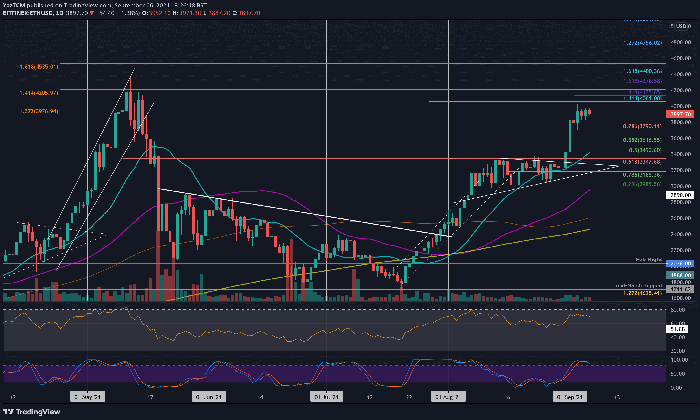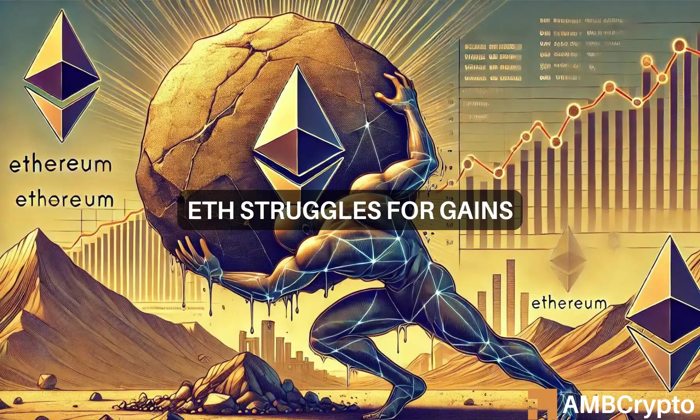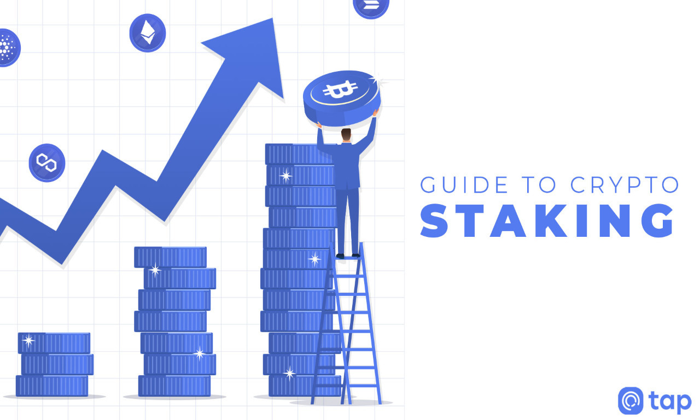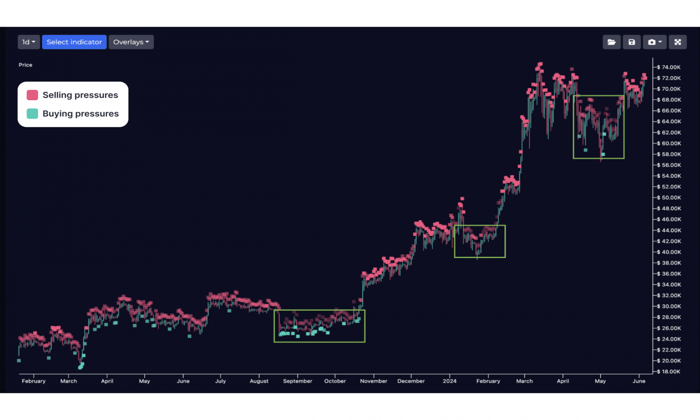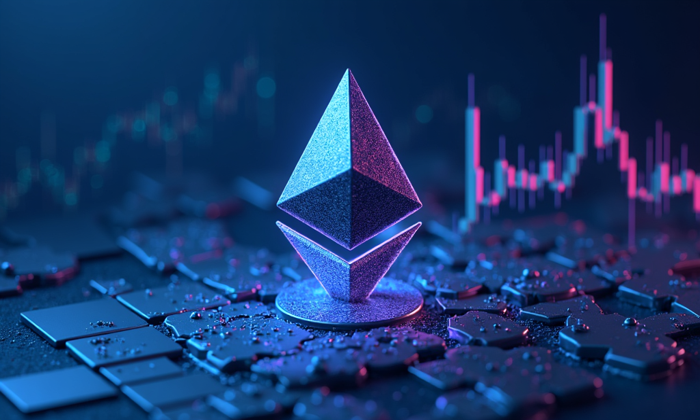Binance Pay transactions have surged to an impressive $72.4 billion, reflecting a remarkable acceleration in crypto adoption among users worldwide. This innovative payment platform has emerged as a vital player in the cryptocurrency landscape, with stablecoins like Tether (USDT) dominating the transaction volume, accounting for 80% at $57 billion. As Binance Pay users continue to multiply, reaching 41.7 million in 2024, the usage of digital currencies for everyday payments is becoming increasingly mainstream. The growth of USDT transactions, alongside a notable rise in Bitcoin payments, underscores the shifting dynamics of financial transactions in the digital age. This trend not only highlights the potential of cryptocurrencies but also positions Binance Pay as a key facilitator of this financial revolution.
In the realm of digital finance, Binance Pay has established itself as a forefront player, facilitating seamless cryptocurrency transactions for millions of users. The rise of this payment solution has been driven by the increasing acceptance of digital currencies, particularly stablecoins, within the global economy. With a substantial portion of transactions being conducted using assets like USDT, the landscape of payment methods is rapidly evolving. Furthermore, the growing adoption of Bitcoin and other cryptocurrencies for everyday purchases signals a shift towards a more decentralized monetary system. As more individuals and businesses embrace these innovative payment solutions, the future of financial transactions looks set for a transformative shift.
The Dominance of Stablecoins in Binance Pay Transactions
In the realm of cryptocurrency transactions, stablecoins have emerged as frontrunners, particularly within Binance Pay. In 2024, a staggering 80% of the total transaction volume, amounting to $57 billion, was attributed to Tether (USDT). This dominance illustrates the reliability and stability that stablecoins offer in a volatile market, making them the preferred choice for users engaging in Binance Pay transactions. Such a significant share reinforces the role of stablecoins in promoting wider crypto adoption, as they bridge the gap between traditional finance and the digital currency landscape.
Additionally, the growing adoption of other stablecoins, like USD Coin (USDC), further underscores the trend. With a 1,338% increase in transaction count and a 48% rise in volume, USDC is gaining traction among Binance Pay users. As more individuals and businesses recognize the benefits of using stablecoins for everyday transactions, we can expect this trend to continue, pushing for greater integration of cryptocurrencies into daily financial activities.
The Surge in Binance Pay Users
The growth of Binance Pay is not just measured in transaction volume but also in its expanding user base. In 2024, the number of Binance Pay users surged to 41.7 million, tripling from the previous year. This remarkable increase indicates a broader acceptance of cryptocurrency as a viable payment method among consumers and businesses alike. As more people become familiar with digital currencies, the potential for crypto adoption increases, paving the way for innovative payment solutions and services.
This surge in users also highlights the importance of user-friendly platforms that facilitate easy transactions. Binance Pay has positioned itself as a leader in this space, making it simple for users to conduct digital transactions seamlessly. By offering an intuitive interface and robust security measures, Binance Pay continues to attract new users, thereby bolstering the overall growth of the crypto ecosystem.
Bitcoin Payments and Their Rising Popularity
Bitcoin remains a significant player in the cryptocurrency market, and its integration into payment systems such as Binance Pay is a testament to its enduring relevance. In 2024, Bitcoin transactions on Binance Pay reached $6.6 billion, showcasing a 73% increase year-over-year. This growth reflects a rising interest in using Bitcoin for everyday purchases, as more merchants begin accepting it as a form of payment. As the leading cryptocurrency, Bitcoin’s roles in both investment and transactional capacities are becoming increasingly recognized.
Moreover, the acceptance of Bitcoin payments aligns with the global trend of embracing digital currencies. As institutions and individuals increasingly adopt Bitcoin, its presence in payment systems like Binance Pay will likely continue to expand. This not only promotes Bitcoin’s utility but also encourages further crypto adoption among a wider audience, solidifying its position as a cornerstone of the cryptocurrency revolution.
The Impact of Institutional Interest on Crypto Adoption
Institutional interest in cryptocurrencies has dramatically influenced the adoption landscape, particularly with Bitcoin and Ethereum. Reports indicate that between 300,000 and 1.2 million people have invested in Bitcoin through US spot exchange-traded funds (ETFs). This influx of institutional capital has not only legitimized digital currencies but also spurred average consumers to explore crypto investments, thereby increasing the number of Binance Pay users who are also cryptocurrency investors.
Furthermore, supportive pro-crypto policies from influential figures, such as US President-elect Donald Trump, are expected to enhance the environment for crypto adoption. As institutions embrace digital assets, the infrastructure surrounding cryptocurrency payments will grow stronger, encouraging more users to transact using platforms like Binance Pay. This creates a positive feedback loop where increased adoption fosters further institutional investment, ultimately enhancing the overall crypto ecosystem.
The Role of Ethereum in Payment Solutions
Ethereum has become a pivotal player in the cryptocurrency space, especially concerning payment solutions. In 2024, Ethereum transactions on Binance Pay rose to $2.4 billion, reflecting a 69% growth from the previous year. This increase highlights Ethereum’s capabilities beyond simple transactions, as it powers decentralized applications and smart contracts that facilitate complex payment systems. As more users recognize the versatility of Ethereum, its adoption in payment platforms is expected to grow.
Moreover, the recent upgrades to the Ethereum network, particularly the Dencun upgrade, have enhanced its scalability and transaction efficiency. These improvements make Ethereum an attractive option for users looking to make quick and secure payments. As Ethereum continues to evolve and adapt to market needs, its role in facilitating seamless transactions on Binance Pay will likely expand, driving further interest in crypto adoption and usage.
USDT Transactions: A Key Indicator of Crypto Payment Trends
USDT transactions have become a critical metric for understanding payment trends within the cryptocurrency landscape. As the dominant stablecoin on Binance Pay, USDT accounted for a significant portion of the platform’s transaction volume in 2024, with $57 billion processed solely in USDT. This dominance emphasizes the growing reliance on stablecoins for transactions, as users seek to mitigate the risks associated with price volatility in other cryptocurrencies.
Tracking USDT transactions also provides insights into the overall health of the cryptocurrency market. A high volume of USDT transactions often indicates increased trading activity and liquidity, essential factors for market stability. As more users engage in Binance Pay transactions using USDT, we can expect this stablecoin to play a vital role in fostering broader acceptance of cryptocurrencies as a reliable payment method.
The Future of Binance Pay in the Crypto Ecosystem
Looking ahead, Binance Pay is poised to become an integral part of the cryptocurrency ecosystem. With the rapid growth in transaction volume and user adoption, Binance Pay is setting a benchmark for how cryptocurrencies can be utilized in everyday commerce. The platform’s ability to process a staggering $72.4 billion in transactions in 2024 showcases its effectiveness and reliability, which are key factors in driving future adoption.
As the crypto market continues to evolve, Binance Pay will likely adapt to meet the changing needs of users. Innovations in payment solutions, enhanced user experiences, and integration with various cryptocurrencies will further solidify its position in the market. The future of Binance Pay appears bright, with the potential to lead the way in mainstream cryptocurrency adoption as more consumers and businesses embrace digital currencies.
The Relationship Between Crypto Ownership and Payment Solutions
The increase in global cryptocurrency ownership directly correlates with the growth of payment solutions like Binance Pay. As more individuals invest in cryptocurrencies—evidenced by the 13% increase in ownership from 583 million to 659 million users in 2024—there is a greater demand for platforms that facilitate easy and secure transactions. This trend indicates that as users become more familiar with cryptocurrencies, they will seek ways to use them in their daily lives, further driving the adoption of payment solutions.
Moreover, the rise in cryptocurrency ownership opens new opportunities for businesses to accept digital currencies as payment. With Bitcoin and Ethereum leading the charge, the acceptance of cryptocurrencies for goods and services is becoming more commonplace. Platforms like Binance Pay play a crucial role in this evolution, providing the necessary infrastructure for seamless transactions and encouraging more businesses to adopt crypto payment methods.
Understanding the Growth of High-Frequency Token Transactions
High-frequency token transactions are on the rise, and Binance Pay is at the forefront of this trend. In 2024, the platform saw substantial increases in various token transactions, notably Solana (SOL), which surged to $724 million, marking a 656% year-over-year growth. This reflects a growing interest in fast and efficient transaction methods that cater to the needs of a rapidly evolving market.
The increase in high-frequency transactions demonstrates a shift in how users interact with cryptocurrencies. As more users seek quick and reliable payment options, Binance Pay’s emphasis on supporting various tokens aligns perfectly with these demands. By facilitating high-frequency token transactions, Binance Pay is not only enhancing user experiences but also contributing to the overall growth and acceptance of cryptocurrencies as a legitimate payment method.
Frequently Asked Questions
What are Binance Pay transactions and how do they contribute to crypto adoption?
Binance Pay transactions refer to the payment processes conducted through the Binance Pay platform, enabling users to make crypto payments seamlessly. These transactions have significantly contributed to crypto adoption, as evidenced by a surge in Binance Pay users, which reached 41.7 million in 2024, reflecting the growing acceptance of cryptocurrencies in everyday transactions.
Why do USDT transactions dominate Binance Pay transactions?
USDT transactions dominate Binance Pay transactions due to Tether’s status as a stablecoin, which minimizes volatility and provides a reliable medium for payments. In 2024, USDT accounted for 80% of Binance Pay’s total transaction volume, totaling $57 billion, making it the preferred choice for users seeking stability in their crypto payments.
How do Bitcoin payments integrate into Binance Pay transactions?
Bitcoin payments are an integral part of Binance Pay transactions, contributing to the overall growth of the platform. In 2024, Bitcoin transactions on Binance Pay reached $6.6 billion, representing a 9% share of total payment volume. This highlights the increasing role of Bitcoin as a viable option for users engaging in crypto transactions.
What role do stablecoins play in Binance Pay transactions?
Stablecoins, particularly USDT and USDC, play a crucial role in Binance Pay transactions by providing stability and ease of use for users. In 2024, stablecoins accounted for a significant portion of the $72.4 billion processed through Binance Pay, with USDT leading at $57 billion and USDC showing remarkable growth in transaction count and volume.
How has the number of Binance Pay users changed over the years?
The number of Binance Pay users has seen tremendous growth, tripling from the previous year to reach 41.7 million in 2024. This increase reflects a broader trend of crypto adoption, as more individuals and businesses recognize the benefits of using Binance Pay for transactions.
What trends are emerging in Binance Pay transactions regarding high-frequency token use?
Emerging trends in Binance Pay transactions indicate a rise in high-frequency token use, with Solana (SOL) leading the charge. In 2024, SOL payments reached $724 million, marking a 656% increase year-over-year, showcasing the growing acceptance of various cryptocurrencies beyond the traditional stablecoins.
How do Binance Pay transactions reflect the overall growth of the cryptocurrency market?
Binance Pay transactions serve as a barometer for the overall growth of the cryptocurrency market, with a total processed volume of $72.4 billion in 2024. This aligns with the rising global cryptocurrency ownership and increasing institutional interest, emphasizing Binance’s role in facilitating crypto transactions.
What impact did institutional interest have on Binance Pay transactions?
Institutional interest has significantly impacted Binance Pay transactions by driving broader crypto adoption. The surge in Bitcoin ownership, influenced by pro-crypto policies and the introduction of Bitcoin ETFs, has led to increased transaction volumes on Binance Pay, reflecting a growing acceptance of cryptocurrencies among institutional investors.
| Key Point | Details |
|---|---|
| Total Transaction Volume | $72.4 billion in 2024, up from $2.5 billion in 2021 |
| Dominant Stablecoin | USDT accounted for 80% of the total volume, equating to $57 billion |
| User Growth | User base tripled to 41.7 million in 2024 |
| Growth of Other Cryptocurrencies | BTC: $6.6 billion, ETH: $2.4 billion, BNB: $2.2 billion |
| USD Coin (USDC) Growth | 1,338% increase in transaction count, 48% rise in transaction volume |
| High-Frequency Transactions | SOL payments reached $724 million, a 656% increase |
| Overall Crypto Market Growth | Bitcoin reserves exceeded $100 billion, up 137% from the beginning of 2024 |
| Global Crypto Ownership Increase | Ownership rose by 13% in 2024, reaching 659 million |
| Institutional Interest | Pro-crypto policies and interest from institutions boosted BTC and ETH adoption |
Summary
Binance Pay transactions have surged to $72.4 billion in 2024, highlighting the growing acceptance of cryptocurrency in everyday payments. This sharp increase, especially in the use of stablecoins like USDT, demonstrates how Binance Pay is becoming a preferred platform for users, as evidenced by the tripling of its user base. The overall rise in crypto ownership and the institutional interest further support the notion that Binance Pay is at the forefront of the cryptocurrency payment revolution.
Binance Pay transactions have surged dramatically, hitting an impressive $72.4 billion as crypto adoption continues to gain momentum. With USDT leading the charge, accounting for a staggering 80% of the transaction volume, Binance Pay has become a preferred method for crypto enthusiasts and businesses alike. The rapid growth of Binance Pay users, which tripled to 41.7 million in 2024, underscores the increasing reliance on cryptocurrencies for everyday payments. Not only has this platform facilitated a significant number of USDT transactions, but it has also opened doors for Bitcoin payments and other cryptocurrencies, enhancing the overall user experience. As stablecoins dominate the landscape, the future of digital transactions looks promising, paving the way for a broader acceptance of cryptocurrencies in global commerce.
The rise of digital currency payment solutions, particularly through platforms like Binance Pay, marks a transformative shift in how consumers engage with their finances. As more individuals embrace cryptocurrency for transactions, the appeal of stablecoins such as Tether (USDT) and the growing popularity of Bitcoin and Ethereum payments are reshaping the financial landscape. This shift reflects a broader trend in the acceptance of digital assets as viable alternatives to traditional currencies, providing users with greater flexibility and security in their transactions. With an expanding user base and increasing transaction volumes, platforms like Binance Pay are at the forefront of this evolution, facilitating seamless exchanges and driving the adoption of cryptocurrencies worldwide. The substantial growth in transaction figures illustrates the commitment of Binance Pay to fostering a new era of financial interaction, where digital currencies play a pivotal role.



